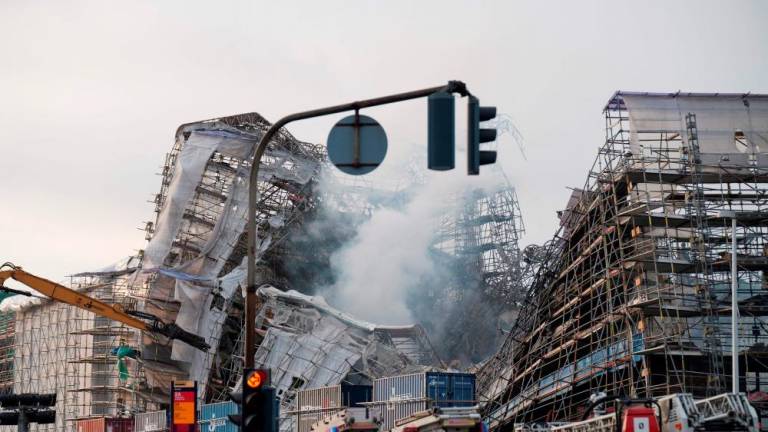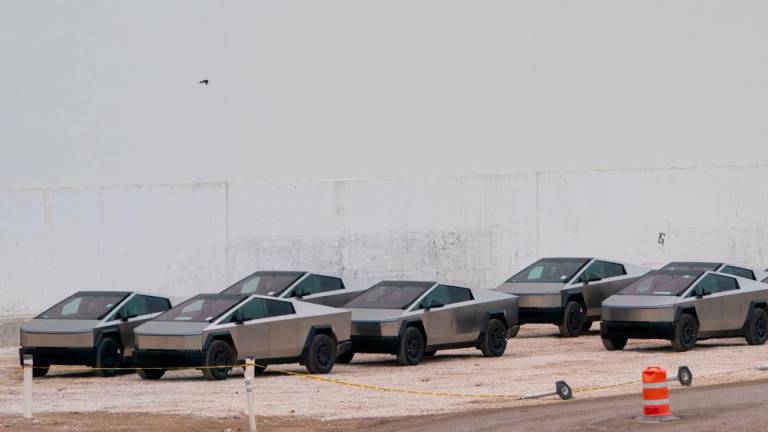LAST week, the world’s most populous nations, India and China, both nuclear armed, clashed in the high Himalayan region of Ladakh.
At least 20 Indian troops died and 12 were reportedly taken prisoner before a cease-fire went into effect.
Ladakh is one of the world’s most remote, obscure and inhospitable places, a plateau averaging 4,200m altitude with frigid temperatures, scant oxygen, little rainfall, and howling winds. This bleak moonscape has long been called “Little Tibet” because of its semi-nomadic ethnic Tibetan yak-herders.
China and India’s confrontation in airless Ladakh reminds me of the “bon mot” about Ethiopia and Eritrea’s battle over the barren Ogaden desert region: “Two bald men fighting over a comb”.
I’ve been over much of Ladakh by jeep, foot and even yak, and atop the world’s highest glacier, Siachen, that overlooks Ladakh. India and Pakistan have been fighting over Siachen for decades, making it the highest war in history and another crazy conflict. As a Pakistani officer told me, “we hate one another so much we will fight to prevent them from occupying our part of hell.”
My book War at the Top of the World is all about the conflict in the Himalayas and Kashmir between India, Pakistan and China.
So why are China and India at daggers drawn over the Galwan River Valley in Ladakh? Both are busy dealing with the coronavirus epidemic. Delhi and Beijing have conducted off and on diplomacy to ease Himalayan border tensions.
The clash in Ladakh was no accident but clearly a planned offensive act – and the biggest military operation since the two Asian giants went to war in the Himalayas in 1962, producing a serious defeat for India. China then said the war was a “serious message” to India to restrain its ambitions in the region.
Part of this problem was due to the British Empire which never properly demarcated its Himalayan borders between the British Indian Raj and then independent Tibet. Some borders were never surveyed; others drawn with thick pens, leaving whole regions with unclear borders. But in those days no one cared about the vast emptiness at 14,000-17,000 ft. That is, until China moved in and occupied Tibet in 1950-1951, putting it on India’s northern border.
Since then, India and China have been uneasy rivals with both sides laying claims to parts of the Himalayas, Karakorams and the great rivers that course down from the Tibetan Plateau, providing water for much of Southeast Asia’s peoples.
Two issues have sparked the latest round of fighting – with threats of a much bigger war between Asia’s two giants. First, India’s government under Prime Minister Narendra Modi has made no secret of its growing hostility to China and Pakistan.
Modi’s revoking of Kashmir’s autonomous status and its division into two states has created new tensions. So has China’s growing influence over Myanmar.
But a more important source of China’s anger has been growing efforts of the Trump administration to build a close military alliance with India to counter-balance China’s increasing military power.
Though seeming counter-intuitive to Trump’s efforts to secure re-election by getting Beijing to buy more produce from American farmers, the Pentagon is preparing for a future war with China. Trump came close to facing military coup in recent weeks and is trying to avoid angering the Pentagon and Washington’s active and retired military establishment.
Eric S. Margolis is a syndicated columnist. Comments: letters@thesundaily.com














